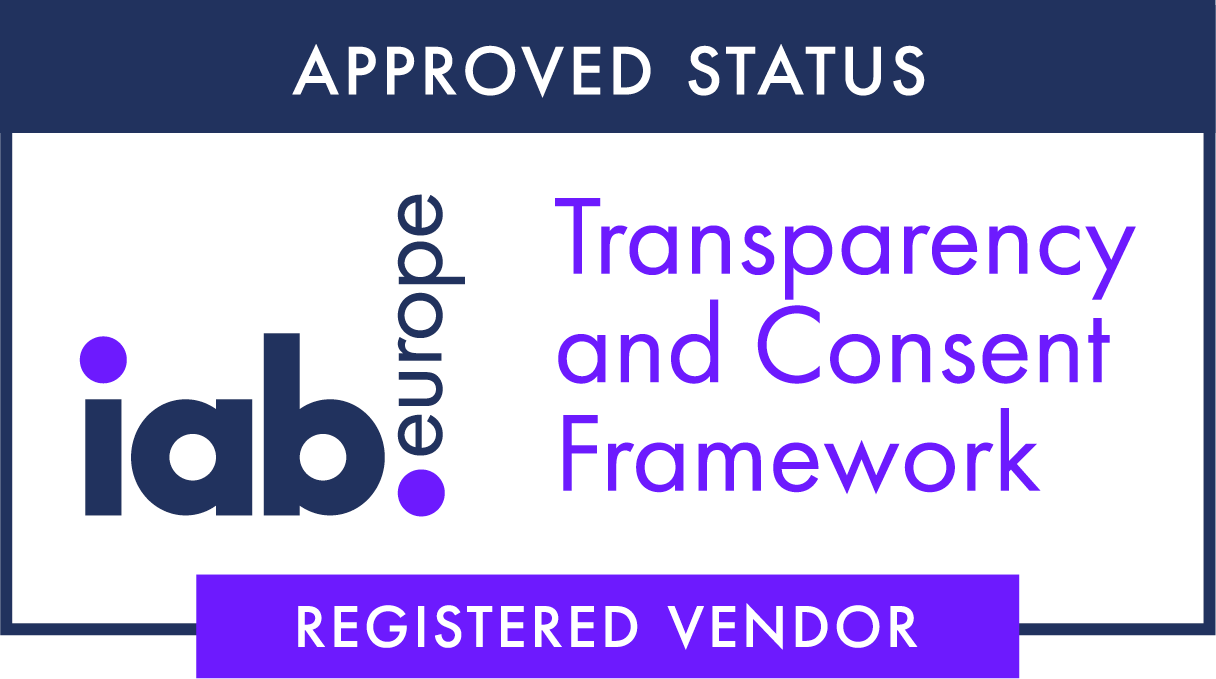Insights
Advertising through games: In-Game advertising
How brands successfully integrate in-game advertising into their marketing mix.
March 7, 2022
The gaming market is booming and will continue to develop rapidly this year. According to a study by the German Games Market, computer plus video games as well as related hardware saw a 32% increase in sales in 2020 compared to the previous year. This market offers enormous potential for advertisers to reach their target groups in an attractive environment. Target-oriented media planning is required to exploit this. The increasing dovetailing of television, digital media, and gaming offers a wide range of opportunities to effectively present one’s brand in new environments.
Published on 04.03.2022 in the Marketing Journal by Marke41.
The gaming market is growing continuously and offers users and marketers many opportunities to immerse themselves in the gaming world. Restricted leisure activities in the wake of the Corona pandemic have further contributed to this growth. In 2020, the world’s most extensive entertainment industry recorded record sales of around EUR 8.5 billion in Germany alone, which is expected to be broken again in 2022. Drivers for this will be new trends, such as blockchain games, the new metaverse hype, and the constantly growing range of new blockbusters. Video games have long since ceased to be a niche hobby; they are more popular than ever with young and old alike and across all genders: In 2020, 58 percent of Germans between the ages of 6 and 69 regularly played computer or video games. It’s no wonder that tech giants like Microsoft sense revenue potential here. Just recently, the group announced the purchase of computer and video game provider Activision Blizzard. Mobile games, in particular, are becoming increasingly popular. A study by the digital adtech platform Smatoo indicated that advertisements in mobile games are more successful than average. For example, within mobile gaming apps they are clicked on 3.4 times as often as in other apps on average. There is enormous potential for brands to reach new target groups interestingly.
But how do you succeed in efficient and targeted ad playouts in video and online games? The critical challenge is creating content that positively impacts the gaming experience and fits different players’ needs and usage situations. For marketers to overcome these challenges, exploit the great potential of in-game advertising, and efficiently realize their marketing goals, a holistic marketing strategy and a harmonized view of the various channels are essential.
Trendsetter in-game advertising
In in-game advertising, a distinction is made between two main forms: static and dynamic in-game advertising. In static advertising (SIGA), firmly defined, non-changeable brand messages are already built into the game during game development. They are unalterably integrated into the game’s storyline and are comparable to product placements in TV shows. With dynamic advertising (DIGA), advertising messages are placed dynamically in the game on a programmatic basis via media buys. These are temporary advertising placements. In addition, there are established forms such as “Rewarded Ads,” primarily in free-to-play mobile games. Rewarded ads allow players to watch a video or play a playable ad in exchange for a reward, such as so-called coins.
A static approach that involves permanently programming ads into the game is no longer appropriate today. Instead, ideal in-game targeting combines advertising content with the game context and makes it an authentic experience for the target group. Such advertising is particularly effective because it can encourage interaction with the advertising object. However, suppose they are played at the wrong moment or in an inappropriate environment. In that case, they are perceived by players as too intrusive, and it harms the perception of the brand. Native integration of advertising is necessary so that it appears to the user as a part of the medium and is therefore not perceived as annoying. But why is efficient and targeted ad playout so important?
How Programmatic Advertising can take you to the next level
Gamers are a sensitive target group who dislike being disturbed in their gaming flow. Programmatic buying of advertising space in games offers advertisers new ways to reach this hard-to-reach target group. Advertising content can individually be tailored to user profiles. Information stored in the user profiles provides information about the gender, age, or interests of the gamer, for example. This makes it possible to address the target group of interest to the advertiser more precisely and results in less wastage. Consequently, precise targeting increases the ad’s relevance for the user, and the brand or product is more likely to be anchored in their consideration set.
Through the dynamic programmatic buying of in-game advertising slots and integrating these into the holistic media strategy, advertisers can operate storytelling across all channels relevant to the target group. A harmonized media view and individual approach, in line with the overarching marketing objective, enables this to be achieved efficiently. In-game advertising offers new potential for specific advertising objectives and target groups to contribute to the efficient achievement of goals and be considered a relevant channel.
What still is needed for the next level
Currently, in-game advertising still presents marketers with several challenges. The connections of games’ programmatically buyable advertising inventory still need improvement. Due to the lack of standardization, there is a lack of broad coverage. Accordingly, it is necessary to automatically build the ability to book ad space on each platform. This is where the game developers come in because the reach can be increased by cooperating with them. In addition, a uniformly defined standard for measuring success and targeting options is currently still limited. Cross-platform or cross-game targeting, such as between Xbox, Playstation, or Nintendo Switch, is yet to be possible because user data is usually stored in individual user accounts of the game or platform operators. Thus these are closed ecosystems without data transfer between them. Some well-known players in programmatic advertising, such as Anzu or Yahoo, with partners such as Adverty, are now bringing the first scalable programmatic solutions to the market with licensing for Xbox games.
To integrate in-game advertising into the marketing mix as a powerful and additional touchpoint in addressing relevant users, standardization for programmatically buyable advertising inventory in in-game advertising is necessary. Then these formats can be fluidly combined with mobile, video, desktop, or even connected TV and DOOH campaigns to create a comprehensive brand experience across all channels.
Conclusion
The pandemic has further fueled the rapid growth of the gaming market, and this trend will continue in the future. The market now offers enormous potential for advertisers. This is because new opportunities are emerging for individual user targeting through which marketers can reach and activate their target groups. However, advertisers face the challenge of creating content that positively impacts the gaming experience and fits different players’ needs and usage situations. To ideally integrate gaming as a powerful touchpoint in the marketing mix, there needs to be a standardization for programmatically buyable advertising inventory in in-game advertising. Then, in-game advertising can be fluidly cross-media with mobile, video, desktop, or even connected TV and DOOH campaigns to create a comprehensive brand experience across all channels.



